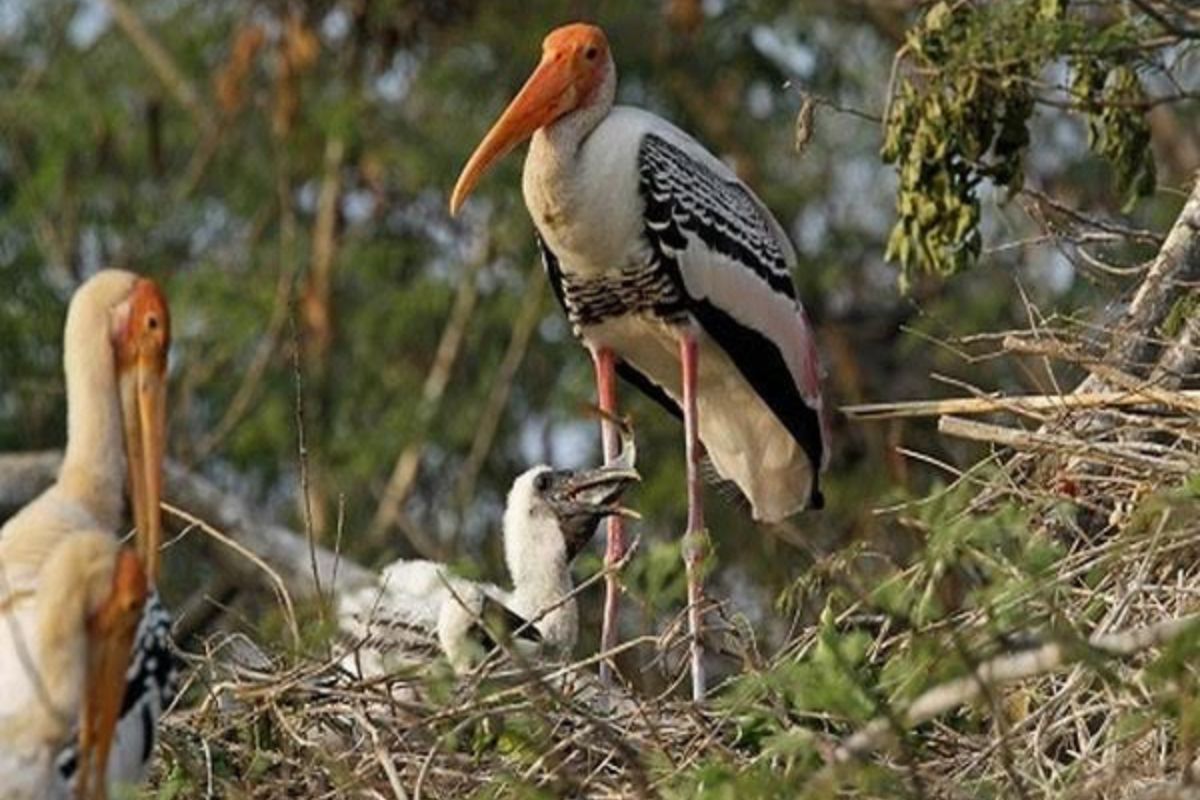District leaders denounce Budget
The Serampore MP on the day of Budget had remarked that the Budget was anti-Bengal.
One of these impacts is the physical erosion of the topsoil due to high wind and water flow, as well as the reduction of vegetative cover. This was visible during dust storms in some areas.

As someone and several others working in the social development sector, we are increasingly observing many changes in rural West Bengal and its neighbouring regions. This is especially in context with the rural households and their livelihoods that we work with, and the changes that have been mostly predicted by climate change scientists and researchers are now obvious.
One of these impacts is the physical erosion of the topsoil due to high wind and water flow, as well as the reduction of vegetative cover. This was visible during dust storms in some areas. In some other cases, due to scanty and delayed rainfall in 2023, both in the pre-monsoon and monsoon seasons, many farmers could not even sow paddy. Even the ones with powerful pump sets could not draw enough groundwater from deep aquifers as they had scanty water levels. River-based canals were mostly dry. These were noticeable in many of the rain-fed districts of Bankura, Purulia, and West Midnapore, among others. As predicted by the scientists, salinity in the soil also rose, particularly in the coastal areas of the Sunderbans and Midnapore, though I have not yet seen the SOM, CEC, and pH change data from other, different regions.
As already predicted, soil microorganisms such as earthworms suffered due to the long drought and were often not seen. Beekeepers were often without any work due to the lack of flowering, both in cultivated crops and in natural vegetation. There was a visible decline in the migratory bird population as well. A visual estimate of forty-five to fifty-five per cent of land on which crops would be sown, remained fallow, or whatever died due to the above-mentioned factors.
Advertisement
The mango yield in 2023 was not significantly affected, except for some late-fruiting varieties such as fazli from the north-east region; lychee, jamun and a few other fruits never reached the markets in towns and cities. Many other trees, such as neem, pongam, karonda, tamarind, etc., did not flower at all in several regions, and the percentage of flowering was very low even for other trees. Trees that bear fruit in early spring, that is, ber and jackfruits, have not flowered yet! Winter 2023 was late by five to six weeks, resulting in uneven crop maturity and grain filling. Residual moisture crops such as linseed, mustard, sesame and Bengal gram—the sowing has been negligible. The early potato crop has been harvested, but many late-sown Rabi potato crops of potato are likely to be affected by various plant diseases caused by unusually cold and foggy weather. During July–August last year, temperatures were higher by 5–6 degrees C on average, and since December 2023, many districts are still covered by dense fog, and nighttime temperatures during the day and night were 5–6 degrees below normal; therefore, the availability of many vegetables and fruits has steadily declined.
Climate change affects not just crops and fruit tree yields; the soil too becomes poorer, and rivers and wetlands shrink in size and often dry up. Next, the animal husbandry sector will be affected by a fodder shortage as much of our country’s households depend on rearing goats, chickens, ducks, and other livestock! Many fish species that breed in coastal seawater did not hatch eggs, perhaps due to increased water temperature or higher sediments or pollutants. This has resulted in a massive loss of livelihoods.
This way, rural households will eventually lose their sources of primary and supplementary income, and crop processing work will affect suburban livelihood opportunities negatively. Climate change thus affects poor households much more, contributes to their indebtedness, and forces them to migrate far from their fields, plantations, and hearth, in search of work. These are often in the road or building construction sectors. As the whole family often travels together, their children are deprived of education, play opportunities, etc. Climate change thus affects the economically weaker section much longer and deeper.
As a community development worker and ecological farming trainer, these are some of my observations and reflections. If more honest land use yield and inter-state labour migration data are collected and published, the results will be better assessed. This will be difficult to get in the election year, but an inclusive approach to all problems caused by climate change needs to be addressed soon.
The writer is executive director, Development Research Communication & Services Centre (DRCSC), an NGO engaged in sustainable agriculture and forest-based livelihoods.
Advertisement